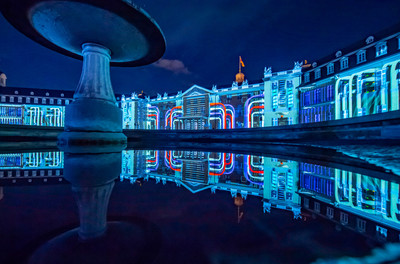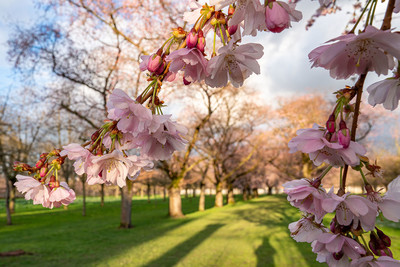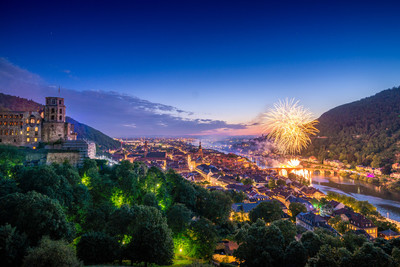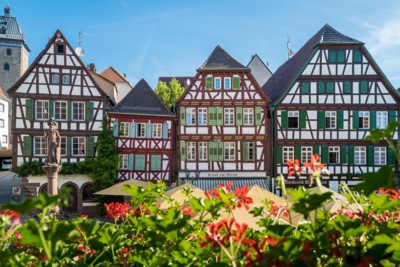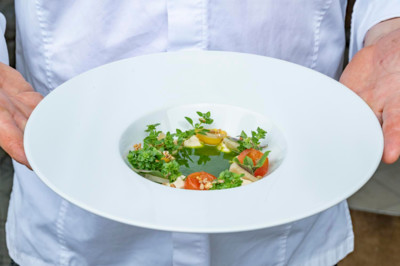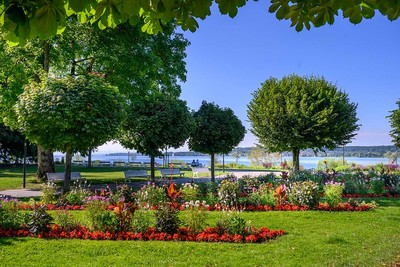Road Trips
Scenic Routes in Southwest Germany
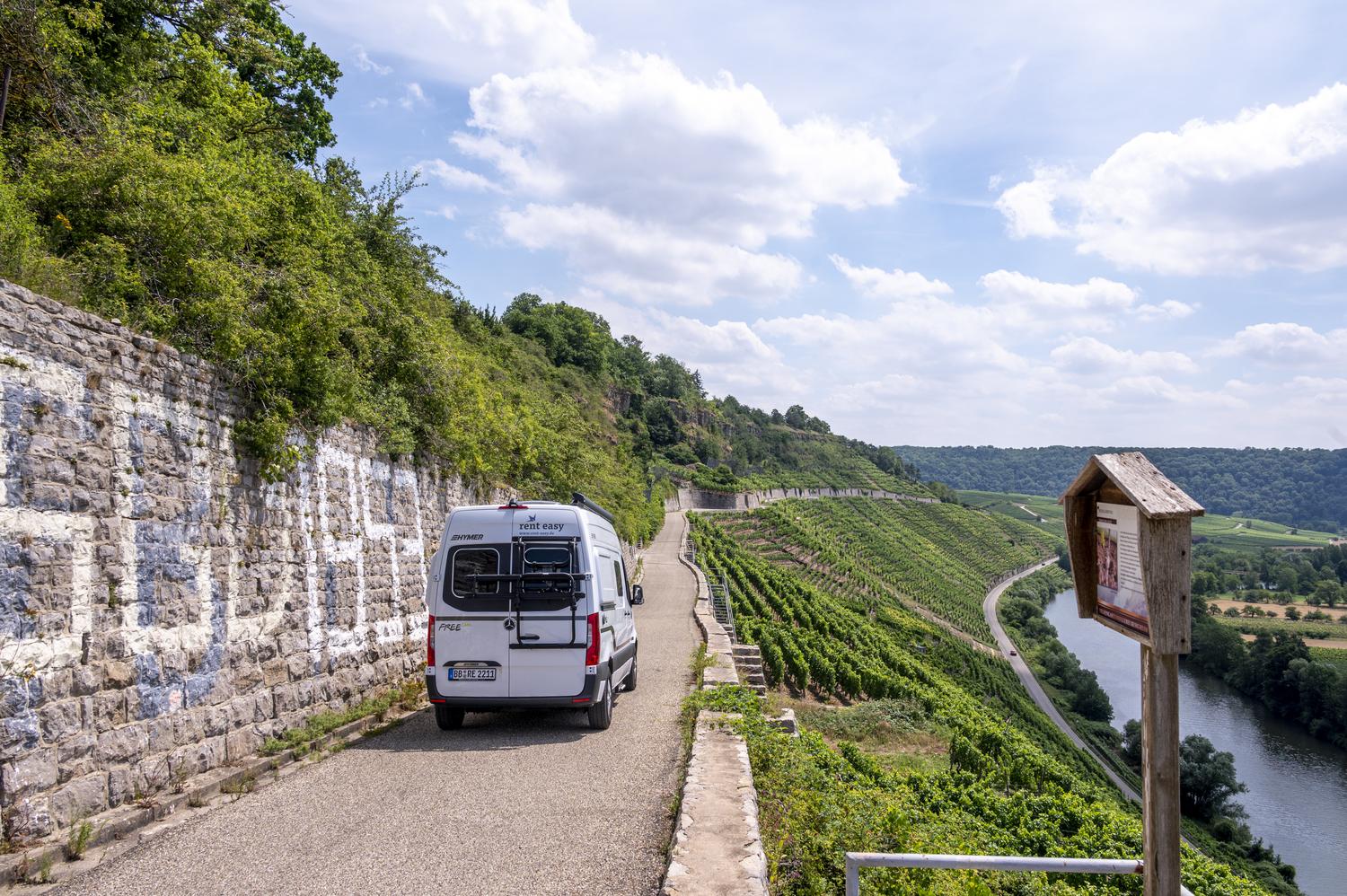

Natural and Cultural Highlights
Discover Baden-Württemberg by Car
“All roads lead to Rome,” is a nice old-fashioned saying, but in Southwest Germany, there is a grain of truth here: many of the most scenic driving routes follow old Roman roads and centuries-old trade routes. Take one of our driving routes to see some of Europe’s most beautiful landscapes and Germany’s most famous sights.
The more than 310-mile/500-kilometre long Baden Wine Road offers a wide variety of culinary delights and leads from Heidelberg through the Ortenau, Kaiserstuhl and Marlgräflerland regions to Weil am Rhein near the Swiss border. Along the way, wine lovers will be able to taste the excellent wines that the various regions have to offer.
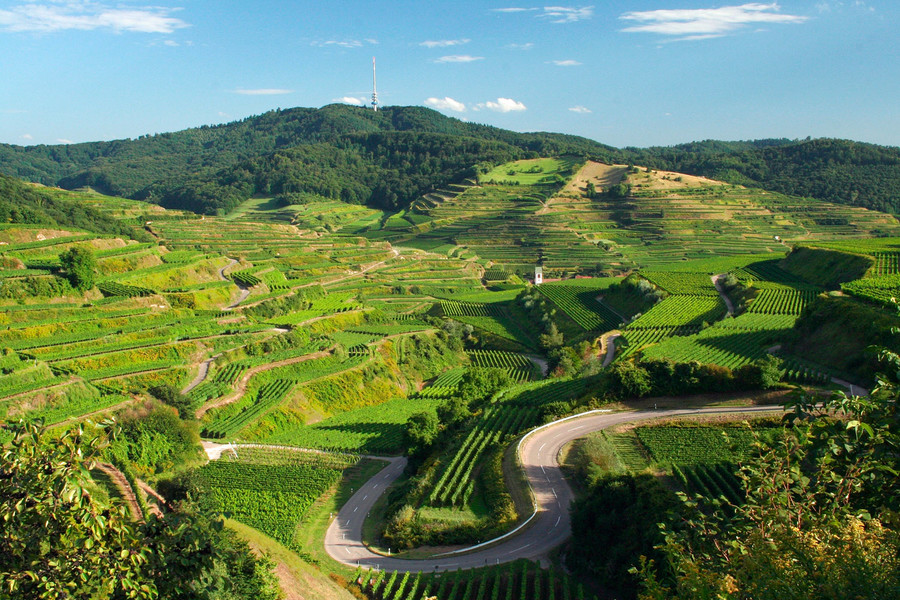
On the 318-mile/511-km long Württemberg Wine Route, you can taste such different grape varieties as Trollinger, Riesling, Müller-Thurgau and Lemberger. The route from Bad Mergentheim to Esslingen am Neckar leads through the Hohenlohe region and the Zabergäu-Stromberg region as well as through the Rems Valley east of Stuttgart.
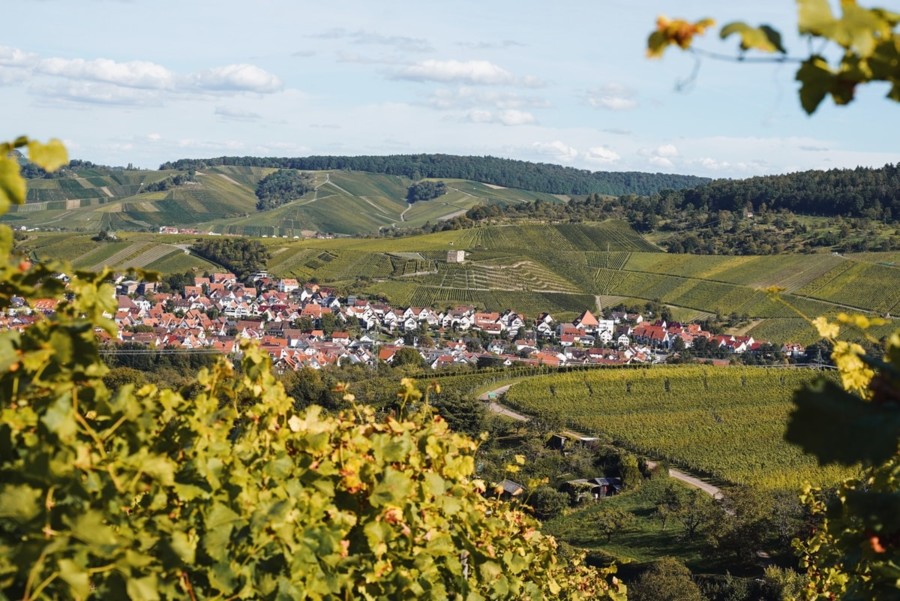
SouthWest Germany is rich with castles and fortresses. The Castle Road starts out in Mannheim and ends in Bayreuth (Bavaria). In SouthWest Germany, the most famous castles are in Mannheim and Heidelberg, but the trail also takes you through the Neckar Valley. Here, castles could be straight out of a movie: Hirschhorn and Eberbach Castle, Horneck Castle (in Gundelsheim) and Hornberg Castle, now a hotel. Just as pretty are the valleys of the Jagst and the Tauber. A favorite? That could be Bad Wimpfen, with its Imperial Palace (Kaiserpfalz Wimpfen). Here, the Blue Tower (Blauer Turm) dates back some 800 years!
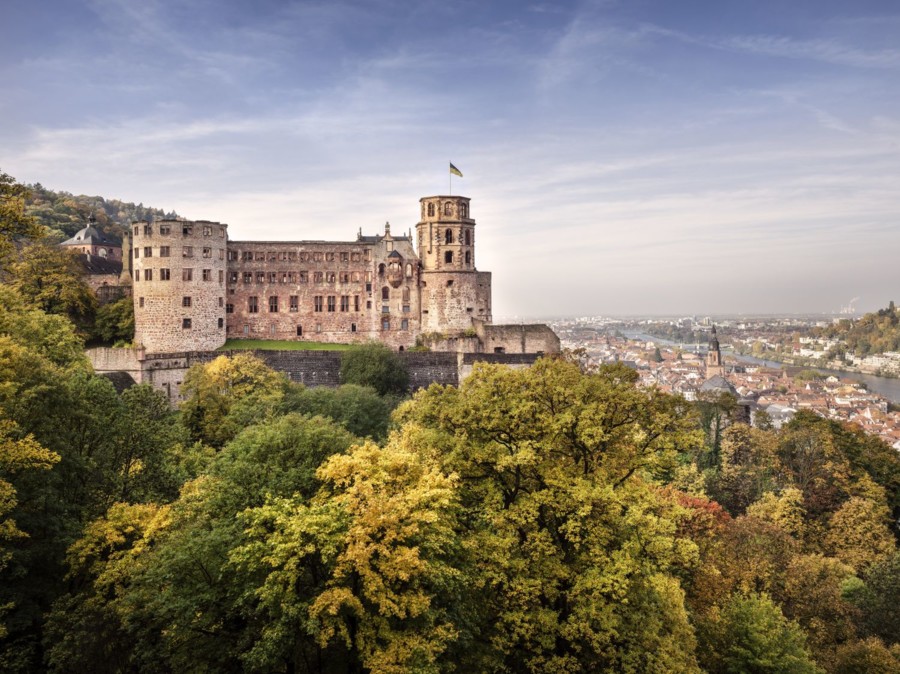
The 285-mile/460-kilometre long Romantic Road intersects with and even partly follows the Castle Road in the beautiful Tauber Valley. The route also leads remarkably charming towns such as Tauberbischofheim and Bad Mergentheim, as well as to Rothenburg ob der Tauber and Dinkelsbühl. There, visitors feel like going back in time into a medieval fairy tale.
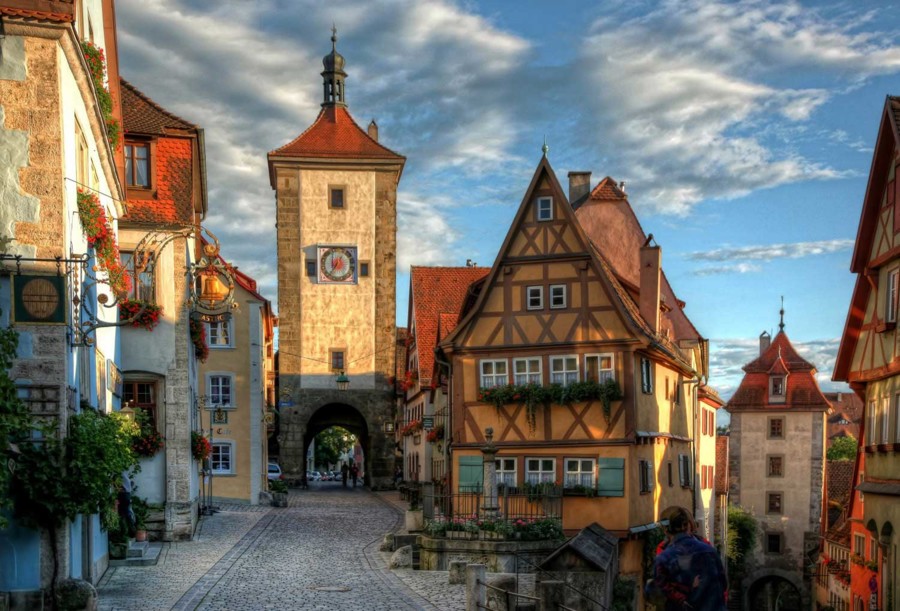
Few German landscapes have become as world famous as the Black Forest. The 70 kilometre long Black Forest High Road (identical to the B500) runs along the ridges of the low mountain range from Baden-Baden to Freudenstadt and offers fascinating views of alpine-like gorges, the Rhine plain and as far as Alsace.
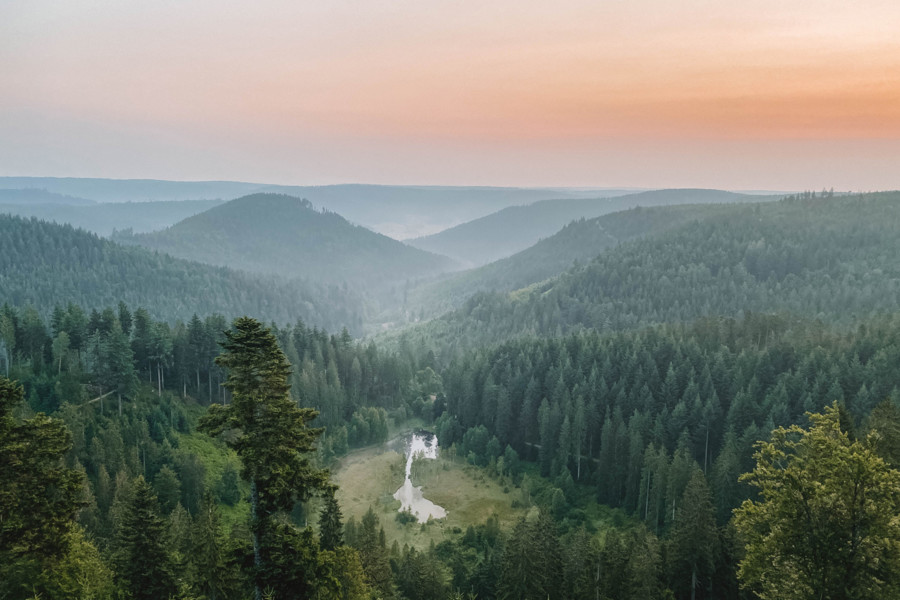
Along the Upper Swabian Baroque Road, numerous jewels of the Baroque and Rococo eras are embedded in picturesque landscape. Architecture and art lovers will discover the wonders and the apotheosis of sacred art between Ulm and Friedrichshafen, in particular by visiting the abbeys of Zwiefalten and Obermarchtal, as well as the library of the former Premonstratensian abbey in Bad Schussenried, not forgetting the town of Weingarten which boasts the largest basilica north of the Alps.
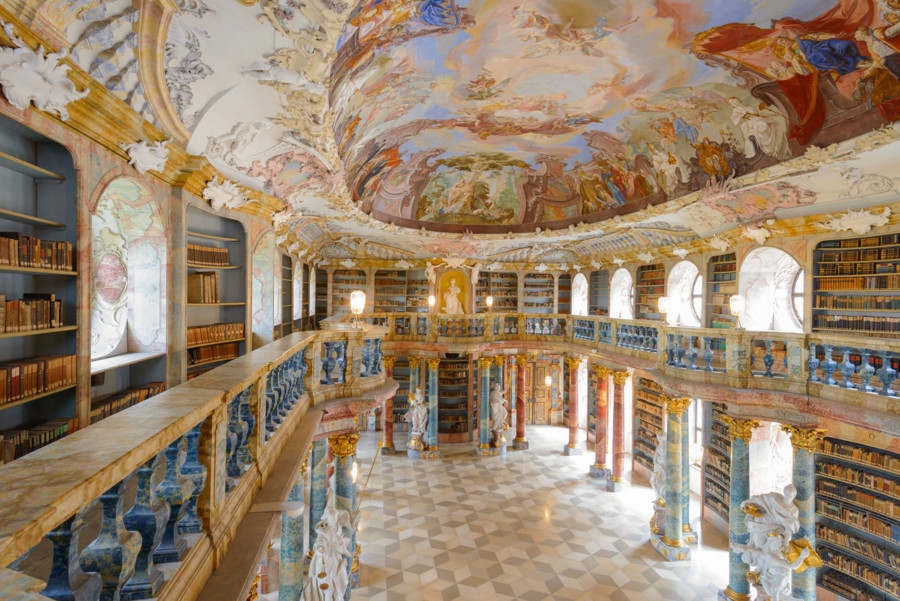
The Baden-Württemberg section of the German Half-Timbered Town Road, which runs from the Neckar to the Black Forest, now extends to Lake Constance. It takes visitors to 31 romantic and attractive half-timbered towns.
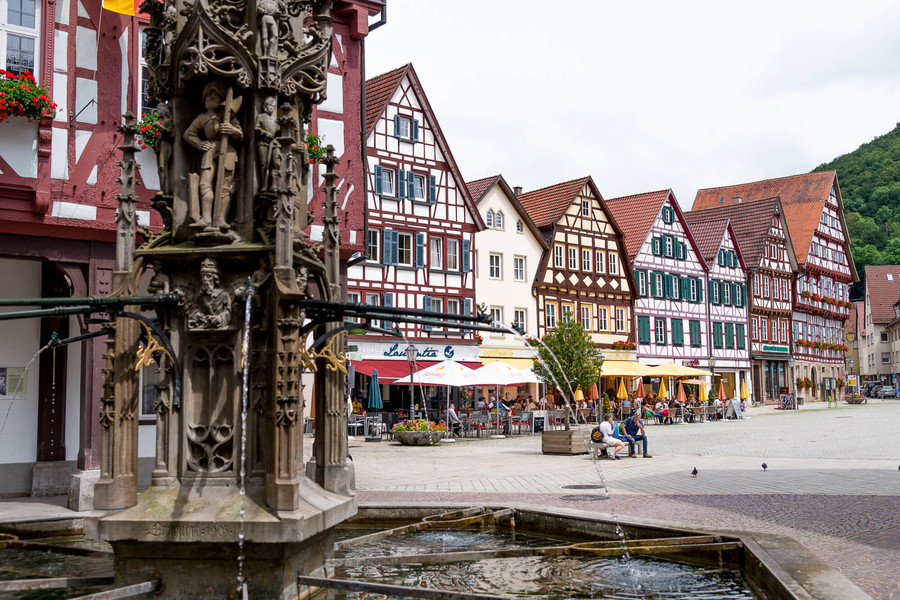
Around the small towns of Furtwangen and Triberg, the heart and home of German clock-making and the epicentre of the German Clock Road, the southern and central Black Forest region offers a landscape of unique beauty. It was here that the cuckoo clock was invented before it set off on its world tour on the backs of travelling salesmen. Even today, high-tech clocks are made here.
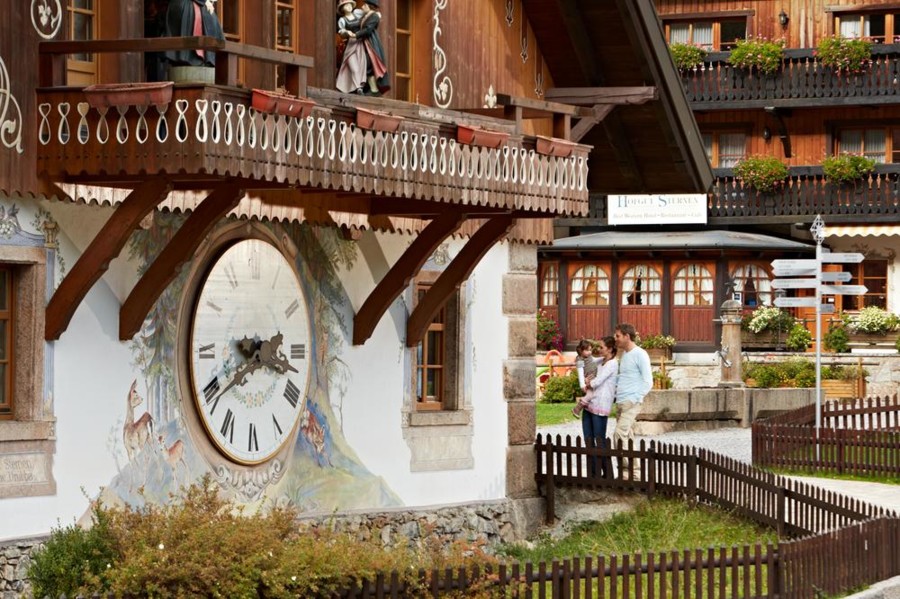
This long north-south route follows the modern B3 road, starting in Hesse and the Odenwald, heading south into northern Baden-Württemberg. Highlights on the Bergstraße in SouthWest Germany include Weinheim, Schriesheim, Heidelberg, and Leimen (Baden).
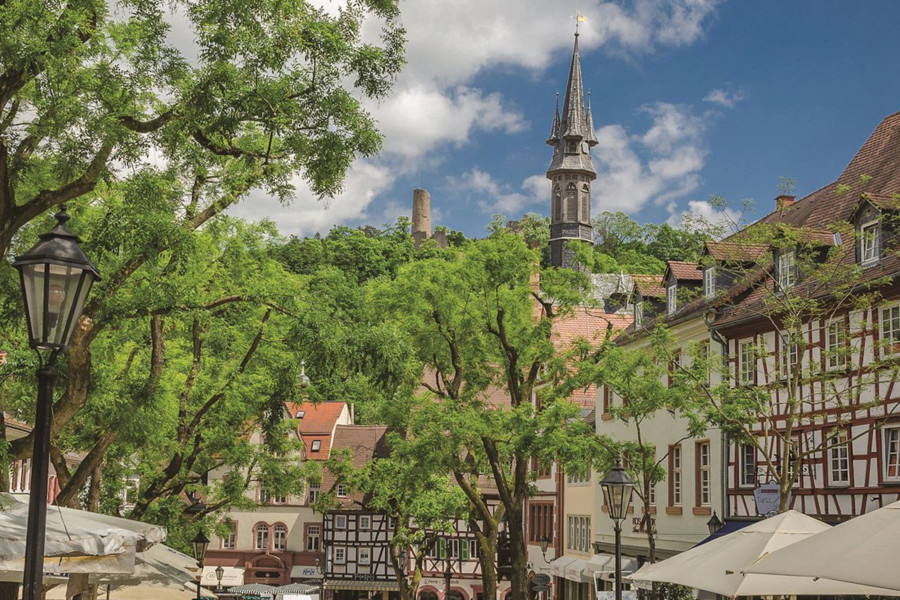
 You Might Also Be Interested In
You Might Also Be Interested In

